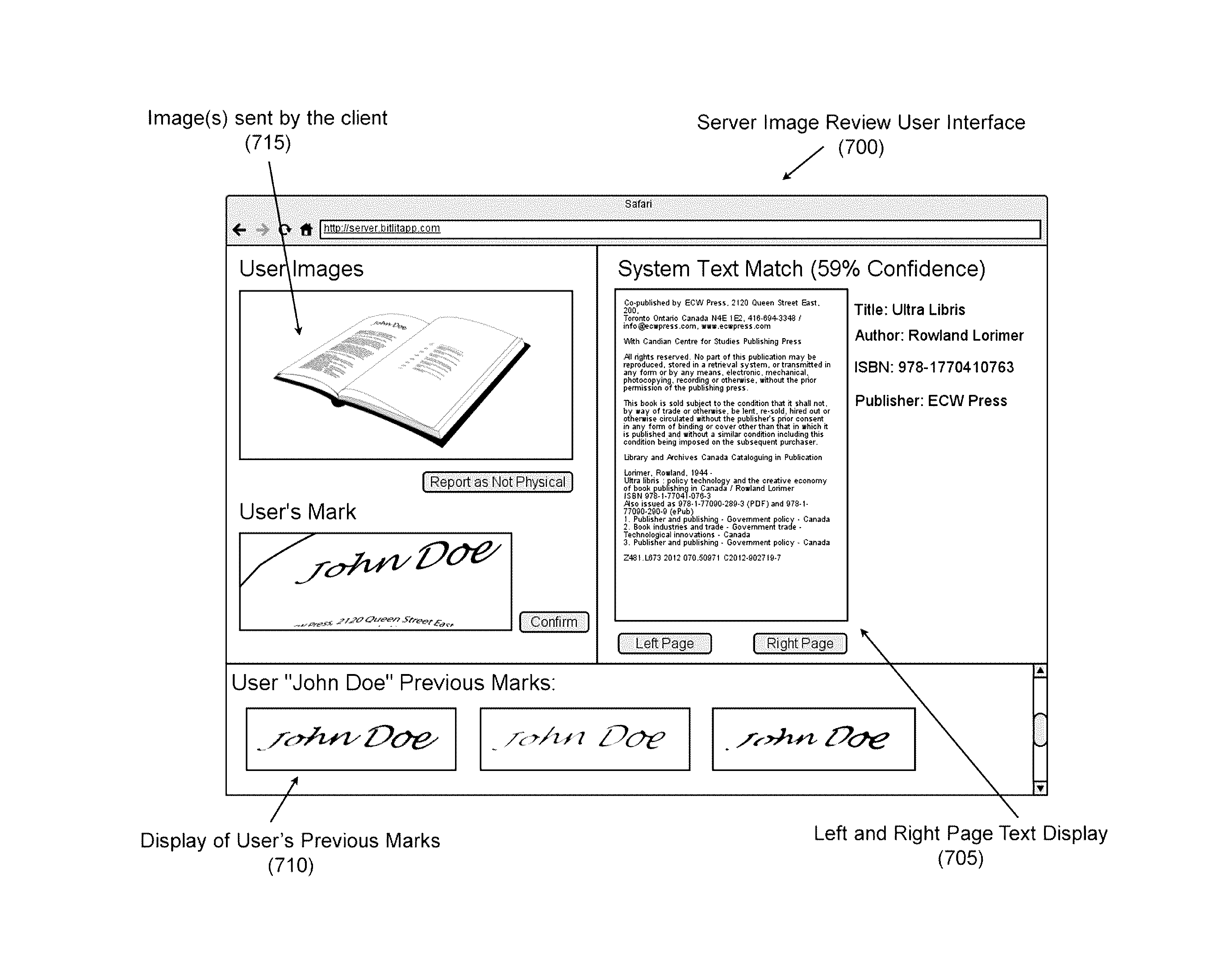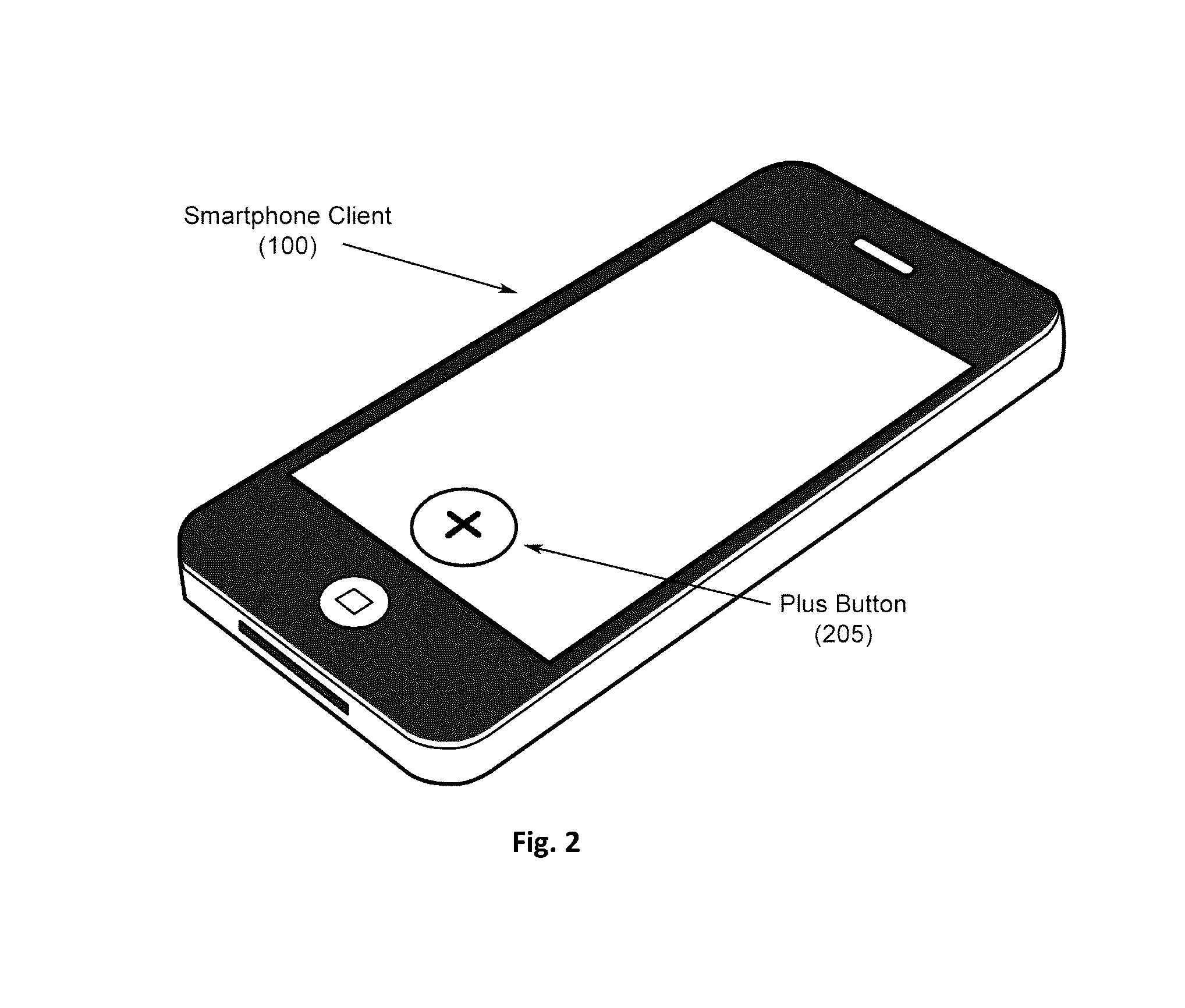However for people who own a large number of physical books there is no method for them to
gain access to an electronic version of their physical books without
purchasing another copy of the book in eBook format.
However, format shifting is not practical for physical books to eBook format.
Whereas for owners of digital music CDs, it was possible to format shift the digital music from CD to MP3 format using a
personal computer equipped with a CD-ROM reader and freely available
software (e.g. Apple™ iTunes™); format shifting is not readily possible for physical books.
While there are physical book scanning apparatuses (see: http: / / www.diybookscanner.org / ), physical book scanners are single purpose bespoke hardware, and by no means as commonly available as personal computers and CD-ROM readers.
As such, physical book owners are left with no practical means of format shifting their physical works into eBook format.
This difficulty in format shifting of physical books has contributed to the increasing availability of eBook content piracy on
peer to peer file sharing services such as
BitTorrent.
Without a practical means of transferring these physical books to eBook format (short of re-
purchasing each physical book in eBook format), an individual is unable to realize the benefits of owning and reading books in eBook format on a personal electronic device (e.g. eReader,
tablet computer, or smartphone), and may be driven to acquiring eBook copies of their physical works through illegal channels (e.g.
BitTorrent).
However, book publishers and eBooks vendors are unable and / or unwilling to offer a discounted eBook to an owner of a physical book, because it is impractical for them to validate that an individual is a legitimate owner of a physical book.
However they have not addressed the issue of
digital copy leakage which occurs when a physical book transfers ownership (e.g. it is sold at a used book shop).
When one considers that physical books are a widely resold item (used book stores are common as are used book trading websites), an eBook vendor or publisher has no way to ensure that a single physical book is not used as ownership proof to claim many eBook copies.
This eBook copy “leakage” is unacceptable to the eBook vendor and the publisher of the book.
The limitations of point-of-sale eBook bundling as described directly above are several:The process is labour intensive and error prone: customers must write down their names and email addresses and the title they purchased.
This
information needs to be typed into a computer either by the bookseller or the publisher.The process allows customers to keep the eBook, even if they return the print edition for a refund or store credit.The process is difficult to scale up to a large number of booksellers.
The level of labour involved in point-of-sale eBook bundling means that it is not a practical solution for deployment to a large number of booksellers.
There are several limitations to the method of printing unique codes in or on physical books.
Unique codes are not secure against use by someone who has not yet purchased the print edition.
A further downside of print and eBook bundling using unique codes is that they increase the cost of production of a printed book, because each individual book is printed slightly differently.
That is, it is not possible to print a unique code onto a page of a book using
offset printing techniques.
And while
digital printing costs continue to fall, the cost of protecting the unique code printed into a book using
shrink wrap, or a scratch away cover, will always result in an increase in book production costs for publishers choosing to offer bundled eBooks using this technique.
The principal downside of this technique is that it is labour intensive for both the reader and the publisher.
Furthermore, this method provides virtually no protection from abuse by unscrupulous individuals.
While the method described does include a geographic security element to prevent users from using the
system inside of libraries or bookstores, the
system does not provide any security against a user who borrows a book from a
library and claims access to the eBook edition after returning to his / her home.
Additionally, the method described does not provide security against a user who purchases a physical book from a bookstore, claims the eBook edition when at home, and then returns the physical book to the bookstore for a refund.
Furthermore, the system described does not provide protection against a single physical book being used multiple times to claim a companion eBook.
A limitation of the method described in U.S. Pat. No. 7,542,625 is that it does not allow for the user to download and access an offline version of the
digital edition of their
physical work.
Because there is no requirement to mark or deface the physical copy in the method described in U.S. Pat. No. 7,542,625 B2, the system does not protect against the situation where a book is borrowed from a
library and used as proof of ownership, nor does it
handle the case where a book is purchased from a local bookstore, used as proof of ownership, and then returned to the local bookstore after the user was granted online access to the electronic image version of the physical book.
Furthermore, the method does not protect against the case where a single book could be lent between multiple people who can each use it to claim online access to the electronic image version of the physical book.
A further limitation of the system described in U.S. Pat. No. 7,542,625 B2 is that it proposes using billing records as a proof of ownership.
While online billing records are proof that an individual purchased the physical book at one time, they are not proof that the individual remains the owner of the physical book at the time they seek access to the online electronic image version of the physical book.
Additionally, physical billing records such as receipts are not well suited to proving ownership of a
physical media carrier because receipts are not physically connected to the
physical media carrier and as such could be given from one person to another in order that the second person could fraudulently claim ownership over the
physical media carrier.
 Login to View More
Login to View More  Login to View More
Login to View More 


